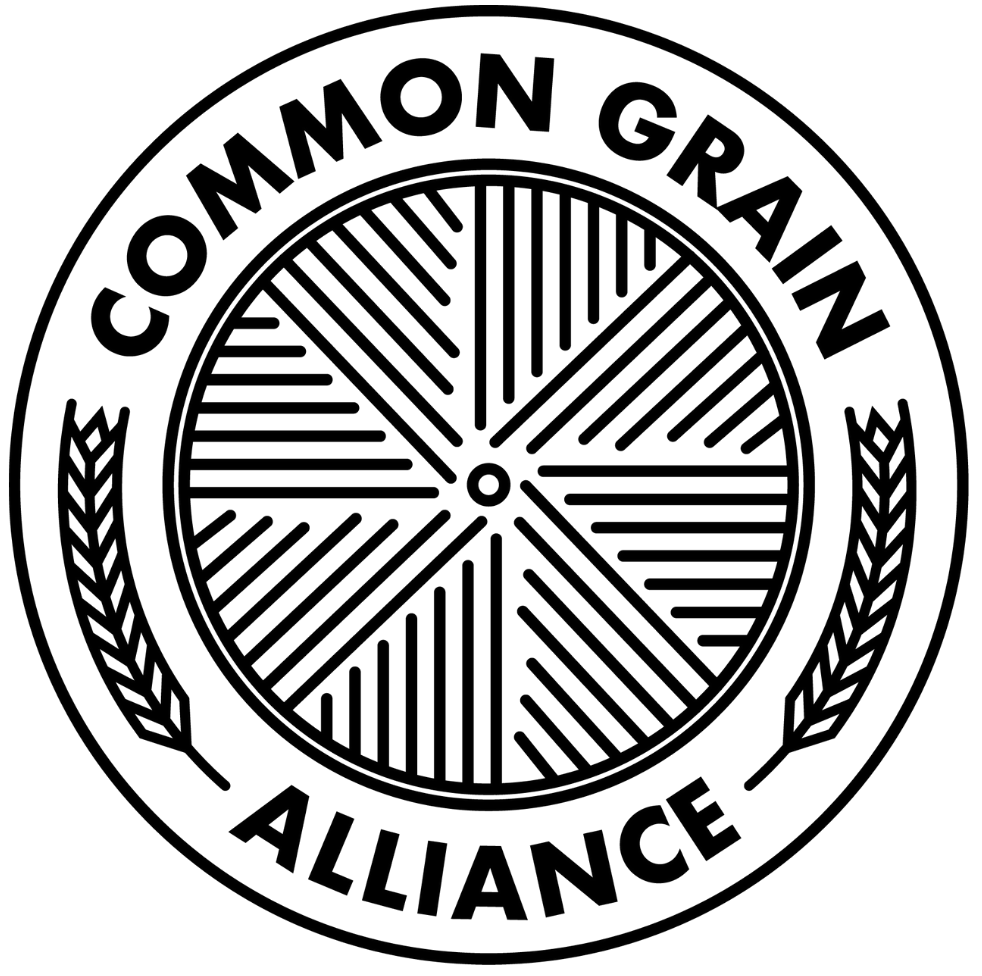Preparing Ground For Field Crops – Part 2
Small culti-packers can be pulled with an ATV.
Planting cereals, like wheat, barley, or oats, in new ground is challenging because they are hard to differentiate from the perennial grassy weeds that are common in old fields. Last week we covered a debate about the first step–primary tillage–-on larger plots. For small plots, the most soil-friendly way to break up sod that I’ve seen is to tarp it. This blocks the light, boosts soil activity, and protects the soil from erosion. If you don’t have a tarp, you can use cardboard, landscape fabric, or anything else that blocks the light. Alternatively, use a broadfork to break up the sod and pull or rake out the weeds.
Then, at all scales, switch to secondary tillage, which will break up large clods of soil. In a garden, use a rake or a tool like this wheel hoe attachment. For larger plots, there are a bunch of options, including a disc harrow. Use what you or your neighbors have.
For row crops, you can stop here, but cereals require one more step, called “fitting.” This smooths the seedbed further, because cereals love firm contact with the soil. In a garden, use your rake; at a larger scale, a spike drag harrow, a culti-packer, or similar implement, is ideal. Dragging a chain or heavy board behind your disc could also work.
Some good news for Mid-Atlantic growers of all sizes, is that fall-seeded cereal crops (which are nearly all we grow here) are much easier to keep weed-free than spring-seeded cereals, because weeds that germinate in the fall are killed in the winter, and the cereal has a head start in the spring.
This material is based upon work that is supported by the National Institute of
Food and Agriculture, U.S. Department of Agriculture, under award number 2019-
38640-29878
through the Southern Sustainable Agriculture Research and Education program
under subaward number LS20-327. USDA is an equal opportunity employer and
service provider.
Any opinions, findings, conclusions, or recommendations expressed in this
publication are those of the author(s) and do not necessarily reflect the view of the
U.S. Department of Agriculture.



